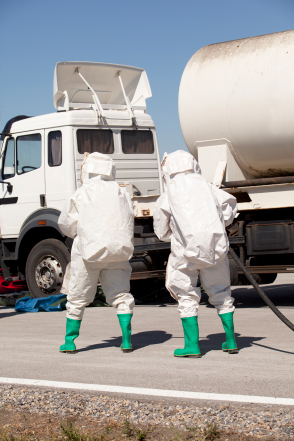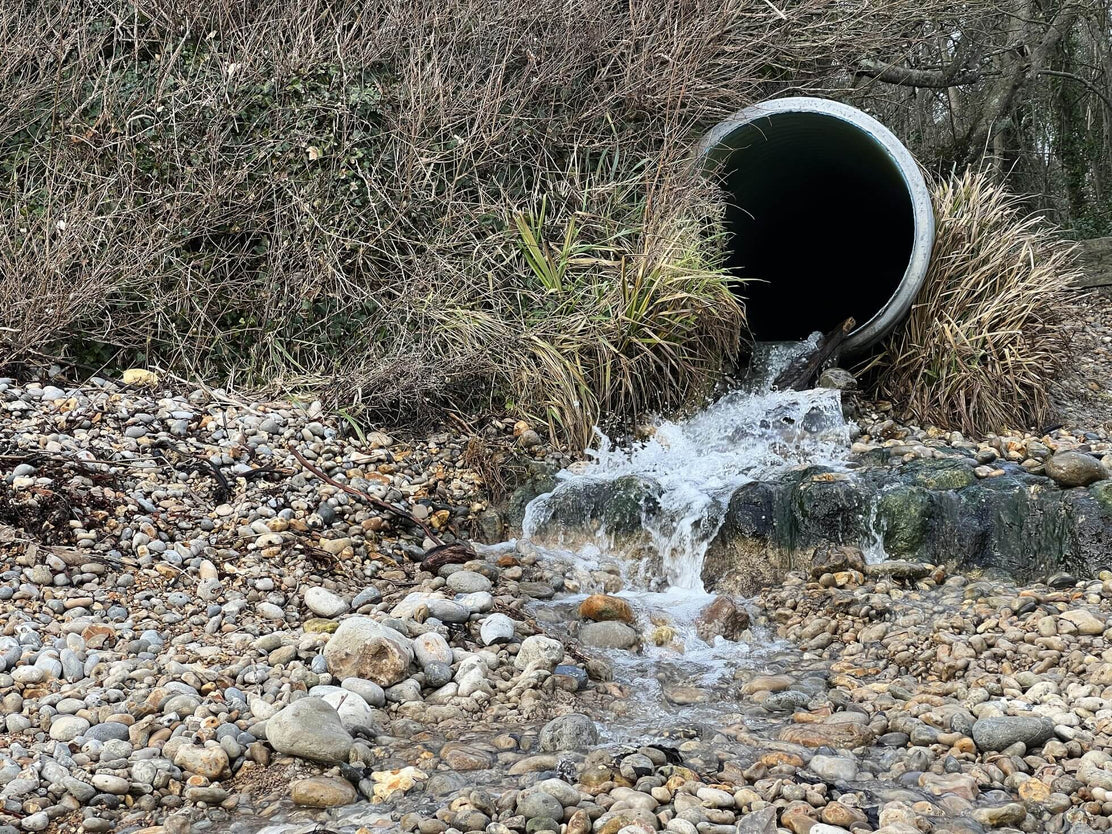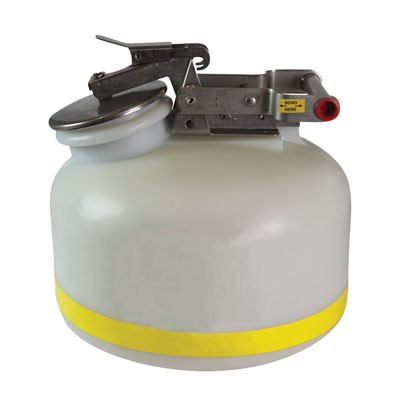Comprehensive Liquid Waste Disposal: Solutions for Homes and Organizations
Comprehensive Liquid Waste Disposal: Solutions for Homes and Organizations
Blog Article
Exactly How Liquid Waste Disposal Functions: A Thorough Introduction of Strategies and Technologies Employed

Summary of Fluid Waste Kind
The complexity of liquid waste types requires a detailed understanding of their attributes and implications for disposal. Liquid waste can generally be classified into numerous kinds, consisting of industrial, municipal, farming, and hazardous waste. Each category displays distinctive residential or commercial properties, needing certain administration approaches to mitigate ecological and wellness threats.
Industrial liquid waste stems from manufacturing procedures and often consists of a variety of contaminants, such as heavy steels, solvents, and organic compounds. Community fluid waste, mainly comprising wastewater from households and business establishments, has raw material, nutrients, and virus (industrial wastewater treatment). Agricultural fluid waste, consisting of overflow from ranches, might contain fertilizers, pesticides, and animal waste, presenting risks to water high quality and ecosystems
Harmful liquid waste is defined by its toxicity, reactivity, or potential to cause harm. Comprehending these varied liquid waste kinds is critical for creating effective disposal approaches and ensuring compliance with environmental guidelines.
Physical Treatment Methods

Testing is the first step, where bigger bits and debris are eliminated from the fluid waste making use of screens or grates. In sedimentation tanks, heavier bits clear up at the base, creating a sludge layer, while the cleared up fluid can be more dealt with.
Filtering is one more important method that includes passing the fluid via porous products, such as sand or membrane layers, to record smaller sized fragments. This action enhances the top quality of the liquid, making it appropriate for subsequent treatment processes.

Chemical Treatment Techniques
Chemical treatment methods are important for effectively handling liquid waste, particularly in resolving dissolved and colloidal pollutants that physical methods might not properly eliminate. These methods use various chemical agents to counteract, speed up, or transform hazardous substances into much less dangerous kinds.
One usual method is coagulation and flocculation, where chemicals such as alum or ferric chloride are added to promote the aggregation of put on hold bits. This process boosts sedimentation, enabling for easier removal of the resulting sludge. Furthermore, oxidation procedures, using agents like chlorine or ozone, are used to break down complicated organic compounds and microorganisms, providing the waste much safer for discharge or further treatment.
Neutralization is another critical method, which changes the pH of acidic or alkaline waste streams to neutral degrees, preventing prospective harm to downstream systems and the environment. Additionally, advanced oxidation procedures (AOPs) use mixes of oxidants and ultraviolet light to degrade relentless contaminants, attaining a higher degree of treatment efficiency.
Biological Treatment Procedures
Organic therapy procedures play a vital function in the monitoring of liquid waste by utilizing microbes to break down raw material and minimize pollutant levels. These processes can be broadly categorized right into cardio and anaerobic therapies, each utilizing details microbial neighborhoods to attain reliable waste deterioration.
Cardio therapy includes the usage of oxygen to help with the breakdown of organic materials by germs. This process imp source is typically implemented in turned on sludge systems, where aeration tanks offer a helpful Website setting for microbial growth, resulting in the oxidation of natural contaminants. The resultant biomass can be separated from treated effluent via sedimentation.
On the other hand, anaerobic therapy occurs in the absence of oxygen, counting on various bacteria to damage down raw material. This technique is especially helpful for high-strength waste, as it produces biogas, a renewable resource resource, while lowering sludge production. Technologies such as anaerobic digesters are frequently used in municipal and commercial applications.
Both anaerobic and aerobic biological therapies not only lessen the ecological influence of liquid waste but likewise facilitate resource healing, making them essential components of sustainable waste administration approaches. Their flexibility, efficiency, and performance support their extensive application throughout various fields.
Emerging Technologies in Disposal
Ingenious methods to liquid waste disposal are rapidly advancing, driven by advancements in modern technology and an enhancing focus on sustainability. Among these arising innovations, membrane layer bioreactors (MBRs) have actually obtained grip for their capacity to incorporate biological treatment with membrane filtering, leading to top quality effluent that can be reused in numerous applications. MBRs allow smaller impacts and much more effective procedures compared to typical systems.
Another encouraging advancement is making use of anaerobic food digestion combined with nutrient recuperation innovations, which not only deals with liquid waste yet also creates biogas and recuperates valuable nutrients like nitrogen and phosphorus. This double benefit boosts resource performance and decreases ecological impact.
Additionally, advanced oxidation procedures (AOPs) are being embraced for the destruction of intricate organic pollutants. These approaches use effective oxidants and catalysts to break down pollutants at the molecular level, offering a very efficient solution for challenging waste streams.
Moreover, the integration of artificial intelligence and artificial intelligence in waste management systems is enhancing operational effectiveness Go Here and anticipating upkeep, leading to reduced prices and boosted ecological conformity. These modern technologies show a considerable shift towards even more sustainable and efficient fluid garbage disposal methods.
Final Thought
To conclude, efficient fluid waste disposal demands a detailed understanding of different methods and modern technologies. The combination of physical, chemical, and biological treatment techniques ensures the effective monitoring of varied waste kinds. Moreover, the appearance of ingenious technologies enhances treatment efficiency and promotes sustainability in waste administration practices. By constantly advancing these methods, it comes to be feasible to deal with the growing obstacles connected with liquid waste, inevitably adding to ecological protection and resource recovery.
Fluid waste disposal is an important facet of ecological management, needing an extensive understanding of numerous strategies and innovations tailored to different waste kinds. Liquid waste can broadly be categorized into a number of types, consisting of commercial, community, farming, and unsafe waste. Agricultural fluid waste, consisting of drainage from ranches, may contain fertilizers, pesticides, and animal waste, positioning dangers to water top quality and environments.
Numerous physical treatment approaches play a crucial function in managing fluid waste properly - industrial wastewater treatment.In final thought, effective liquid waste disposal necessitates a thorough understanding of numerous techniques and technologies
Report this page